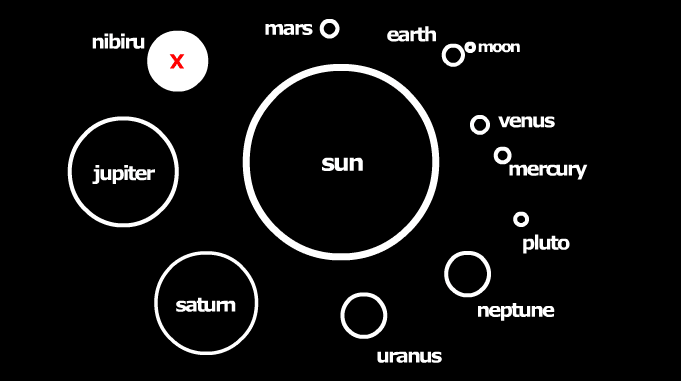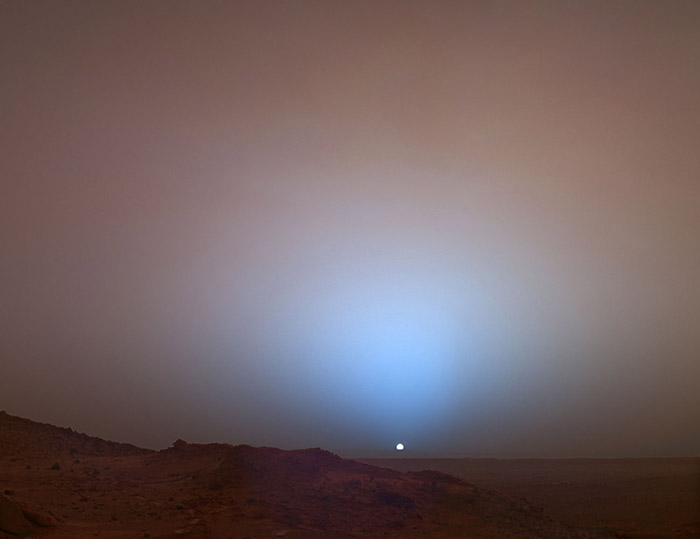
An important class of stars are not as fond of the single life as previously thought, reducing—but not fully solving—a long-standing mystery.
“In the solar neighborhood, about every second star is in a binary,” Gergely Hajdu, a doctoral student at Pontificia Universidad Católica de Chile, says. “The problem with RR Lyrae variables is that for a long time only one of them was known to be in a long-period binary system. The fact that among 100,000 known RR Lyrae stars only one of them had been seen to have such a companion was something really intriguing for astronomers.”
The question has drawn attention because RR Lyrae variable stars play a vital role in astronomy. RR Lyrae variables have about half the mass of the sun, but are spectacularly brighter as a consequence of burning helium rather than hydrogen.
RR Lyrae variables pulse with a regular rhythm, heating up and brightening when they contract. The period of pulsation is directly related to the star’s intrinsic brightness. This makes them a rare example of a star whose absolute luminosity we can calculate. By comparing measured brightness, we can tell how far away a star is. Since RR Lyrae variables are common in globular clusters, they have been invaluable in enabling measurements of the distance to these stellar islands, an important stepping stone to recognizing the size of the universe.
So why the companion shortage? In The Astrophysical Journal, Hadju proposes that there are a lot more companions for RR Lyrae variables than we realized.
RR Lyraes’ brightness means we can see them at distances where similar-sized, or smaller, stars are hard to spot. Moreover, since these are very old stars (otherwise they would still be burning hydrogen), any larger companions would have long since burnt out.
Hajdu checked the pulsations of 1952 RR Lyraes, seeking small variations in the timing at which the peak appeared. In 29 cases, he found patterns suggesting the star was in an orbital dance with an unseen companion. Follow up studies confirmed 12 of these are “firm binary candidates.”
“When a pulsating star is in a binary system, the changes in brightness perceived by us can be affected by where exactly the star is in the course of its orbit around the companion. Thus, the starlight takes longer to reach us when it is at the farthest point along its orbit, and vice-versa. This subtle effect is what we have detected in our candidates,” Hajdu explains.
All the binaries Hajdu found had periods of at least 3.5 years, with most around 10-11 years. He says, “Binaries with even longer periods may also exist, but the current data do not extend long enough for us to reach strong conclusions in this respect.” Hajdu calculates that more than 4% of RR Lyraes have companions. While a big increase on 0.001%, the finding still leaves the question of why RR Lyraes are less likely to have companions than other stars only partially resolved.
Identification of companions will help scientists calculate the mass of RR Lyrae stars more accurately, allowing them to test theories of the conditions under which they form.
Via IFL Science






